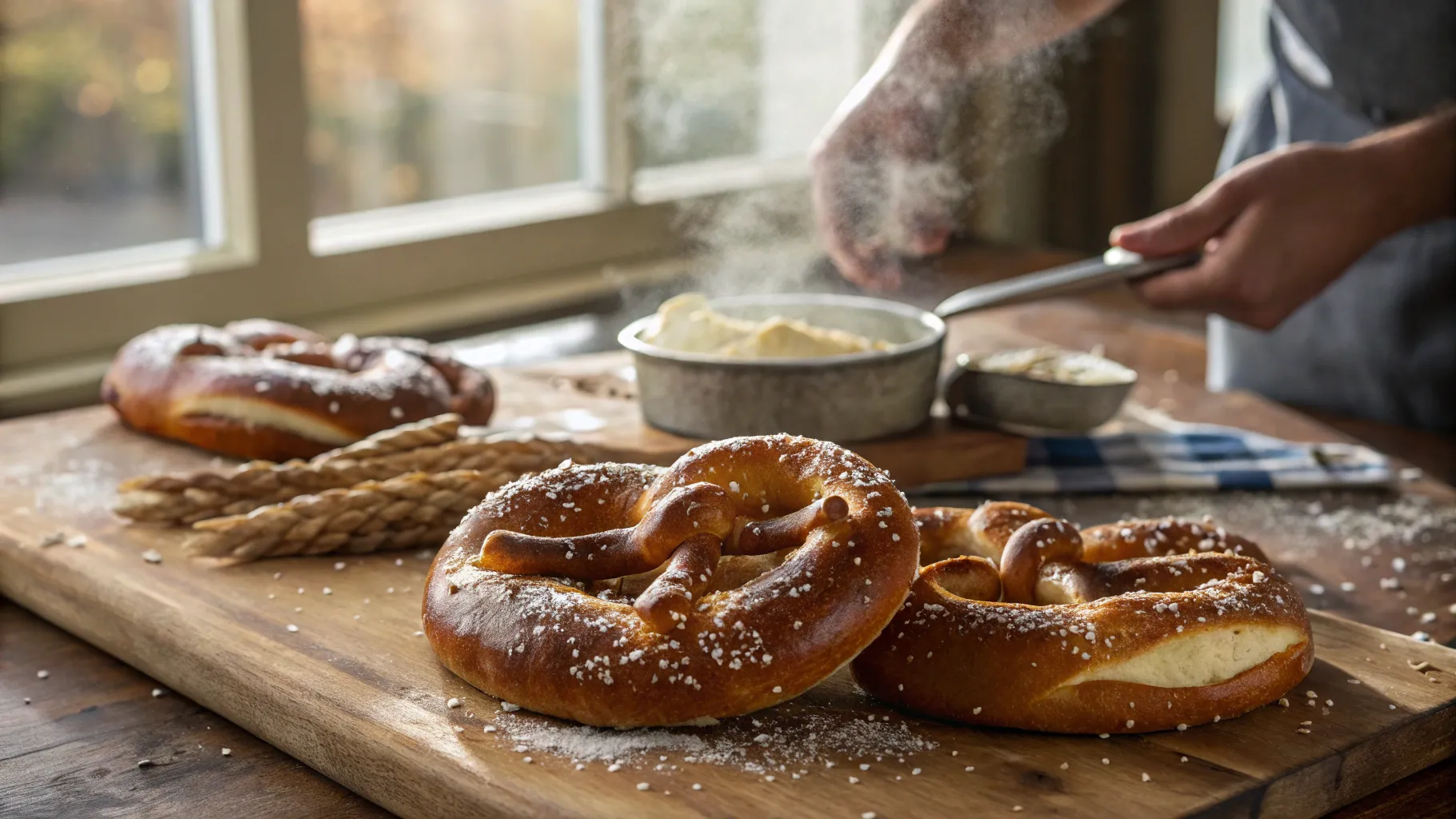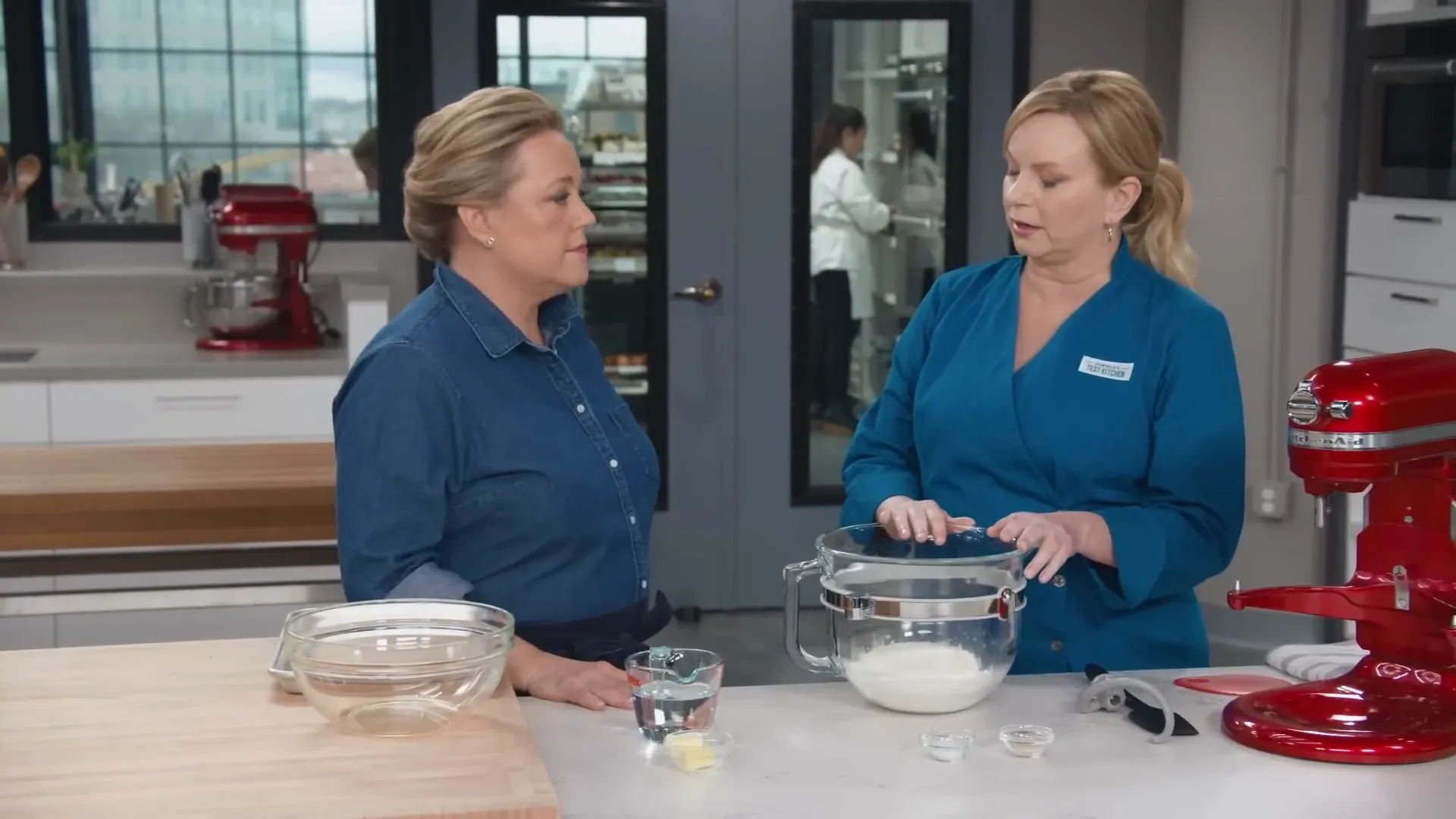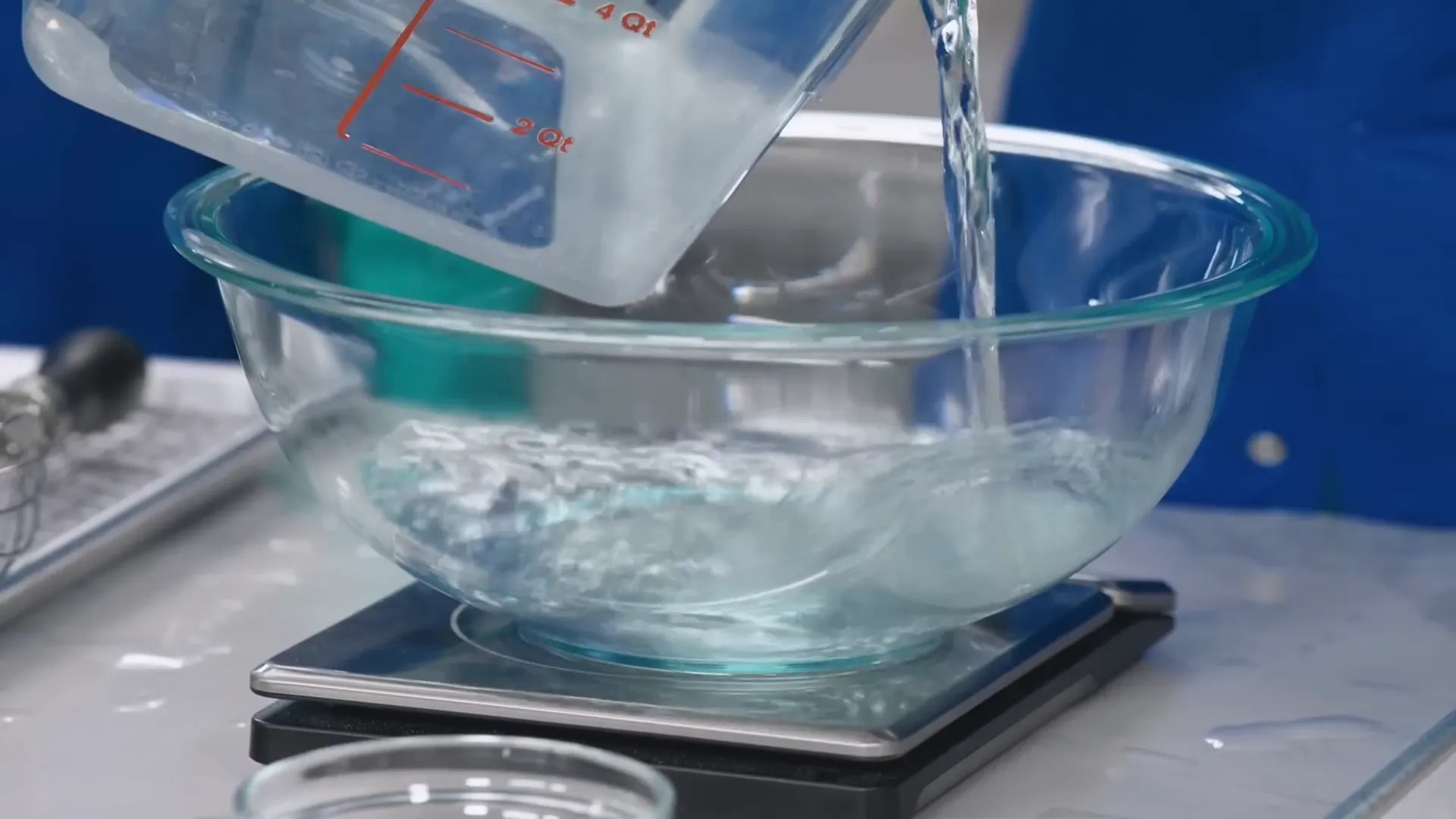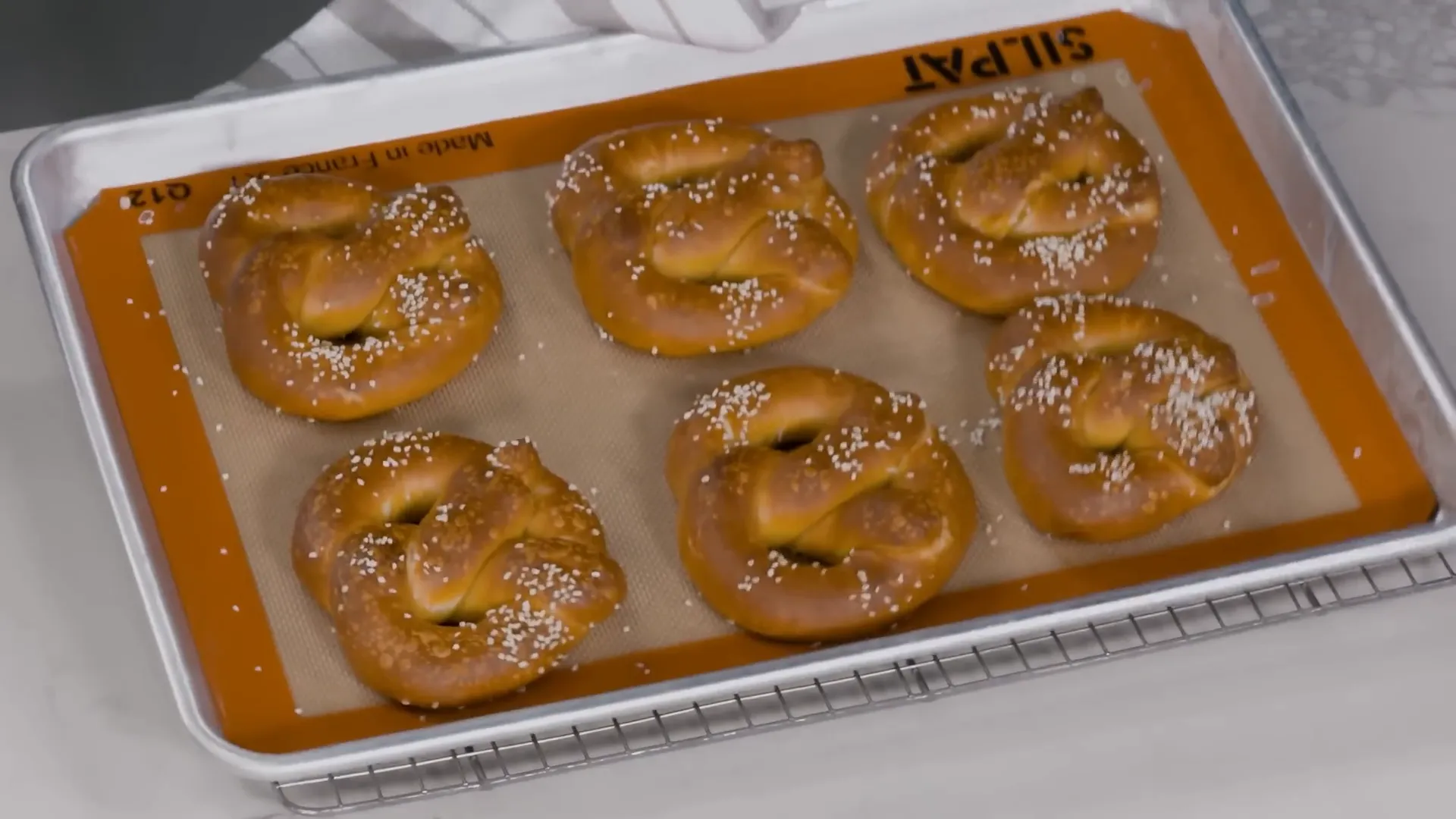
America's Test Kitchen presents a joyful, science-forward take on Laugenbrezeln: German lye pretzels that are glossy, deeply browned, and satisfyingly chewy. This guide—built from a clear, friendly walkthrough—shares recipe weights, shaping tips, safety notes for working with food‑grade lye, and the reasoning behind every step. If readers love cooking, recipes, bon apetit, this piece gives the confidence to tackle authentic Bavarian pretzels at home.

Why lye? The simple chemistry behind an unmistakable pretzel
Not every great pretzel needs lye, but true German-style Laugenbrezeln get their signature color, sheen, and mineral-like flavor from a brief dip in a dilute sodium hydroxide solution. In the alkaline bath, surface proteins break into shorter chains and amino acids, and starches gelatinize. During baking, those amino acids drive aggressive Maillard reactions that create the mahogany-colored, glossy crust and that iconic pretzel flavor. For readers devoted to cooking, recipes, bon apetit, this step is the one that separates a pale roll from an authentic pretzel.
Safety-first approach
Food-grade lye is caustic. Protective gloves and goggles are nonnegotiable. Always add lye to water (never water to lye) and use cool water so the solution doesn’t heat up excessively. Rinse gloves before touching oven handles and follow cleanup instructions carefully. When handled properly, the lye is neutralized during baking and safe to eat.

The recipe: ingredients and key measurements
This version keeps the dough simple but precise—measurements by weight give the best, most consistent results.
- 12¾ ounces (about 2 1/3 cups) bread flour
- 1 teaspoon table salt
- 1 teaspoon instant yeast (rapid-rise or instant)
- 1 cup room-temperature water
- 2 tablespoons unsalted butter, softened
- For the lye dip: 1000 grams cool water + 40 grams food-grade lye crystals
- Coarse pretzel salt or kosher salt for topping
The dough yields six pretzels. A scale is essential—Bridget emphasizes weighing the flour and the water for consistent texture and final results prized by anyone into cooking, recipes, bon apetit.
Step-by-step: make, shape, chill, and dip
- Mix flour, salt, and yeast. Add the cup of room‑temperature water and the softened butter.
- Knead on low until combined, then medium speed until smooth—about 6 minutes total. Shape into a ball, grease a bowl, flip the dough so the top is oiled, cover tightly, and let rise at room temperature until nearly doubled (about 1 hour).
- Deflate gently and divide into six pieces. Shape into tight rounds, cover with a damp cloth, and rest for 10 minutes to relax the gluten. Resting prevents the dough from snapping back during shaping—especially important with high-protein bread flour.
- Flatten each ball, roll into a small log, pinch the seam, then roll to a 9-inch rope. After another short rest, stretch each rope out to ~28 inches, cross twice just below the halfway point, and form the characteristic pretzel shape with big “mouse ears.”
- Leave shaped pretzels uncovered for 10 minutes, then cover and refrigerate for at least 2 hours (up to 24 hours if you want to prepare ahead).
- Prepare the lye bath: measure 1000 g cool water, sprinkle in 40 g food‑grade lye (add lye to water), whisk until dissolved. Submerge each pretzel face‑side down for about 15 seconds, flipping as needed, then transfer to a parchment-lined pan or silicone mat and sprinkle with pretzel salt.
- Bake at 475°F for about 12 minutes until deeply browned. Let cool 5 minutes before serving.

Troubleshooting and pro tips
- If the dough snaps back while shaping, cover and let it rest—the gluten needs time to relax.
- Use cool water for the lye solution so the dip stays stable and won’t cause the dough to fall apart.
- Pretzel salt or coarse kosher salt works best—coarse grains don’t dissolve and give that satisfying crunch.
- A silicone baking mat prevents sticking after the lye dip and makes cleanup easier.
- For a safer at-home shortcut, a baking soda bath can approximate the effect, but it won’t yield the same deep color or flavor that lye provides—true fans of cooking, recipes, bon apetit may prefer the authentic method.
Serving suggestions and final thoughts
These Laugenbrezeln are wonderful warm with softened butter, alongside sausages, or simply enjoyed on their own. The interior is proper bread—chewy and tender—while the exterior is taut, glossy, and richly browned thanks to the lye dip. For anyone enthusiastic about cooking, recipes, bon apetit, mastering this technique rewards with authentic taste and impressive presentation.

Embrace the ritual: precise weights, patient rests, safe handling of lye, and a hot oven. The result is unmistakable—deep color, big chew, and pretzels that bring German bakery joy to any home kitchen and make every cooking, recipes, bon apetit moment even better.
This article was created from the video This Chemical Makes German Pretzels Chewy and Golden Brown | America's Test Kitchen with the help of AI.
This Chemical Makes German Pretzels Chewy and Golden Brown — cooking, recipes, bon apetit. There are any This Chemical Makes German Pretzels Chewy and Golden Brown — cooking, recipes, bon apetit in here.
